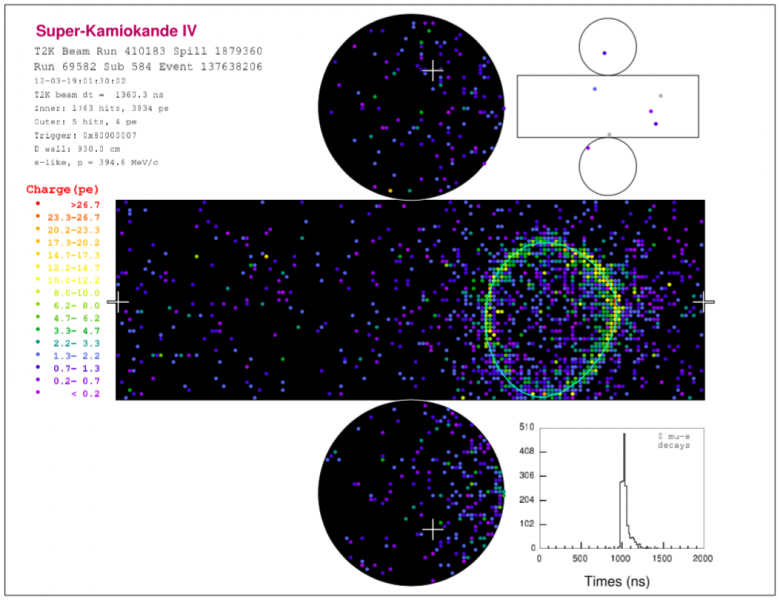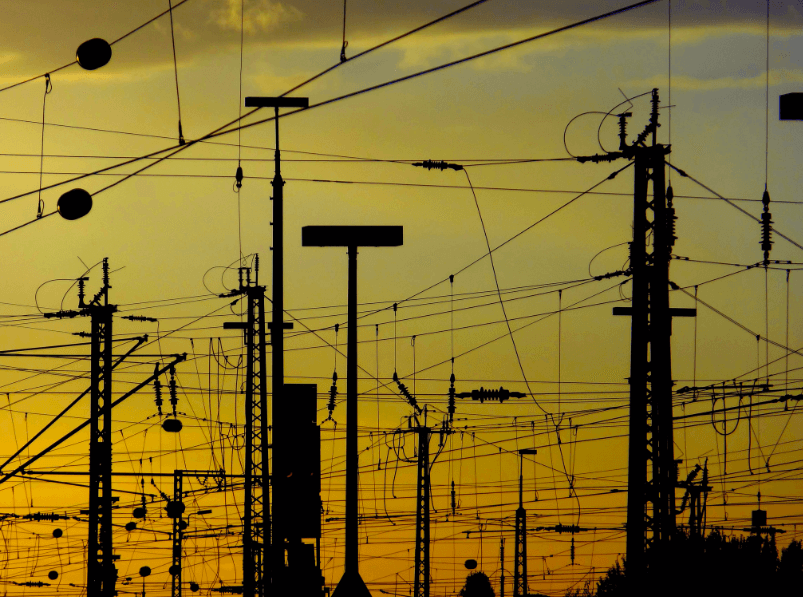If the Standard Model in physics was infallible, that is if all matter was in exact balance with the same amount of antimatter, then nothing would exist. The two opposite particles would destroy one another. Since everything from atoms to solar systems exists, the amount of matter must be greater than the amount of antimatter. Researchers are still exploring the reason or cause behind this unbalance.
An international group of scientists, based in Japan, are conducting a series of experiments trying to explain this discrepancy, called the charged particle (CV) violation. The Tokai-to-Kamioka (T2K) experiment, which records the varying rates of antineutrino and neutrino waves, is just one of the experiments exploring this asymmetry mystery.
The T2K experiment begins in the Japan Proton Accelerator Research Complex in Tokai, located in the north of Japan, where beams of high-intensity muon neutrinos are created and sent towards the Super-Kamiokande detector, 183 miles (295 km) southwest. There, the scientist looks for any difference in the rates of oscillations between separate neutrino and antineutrino waves, evidence of an inequality amongst antimatter and matter.

When traveling from one station to the other, the muons change to electrons. From the first run of the T2K experiment, 4 antineutrino electrons were detected in comparison the 32 electron neutrons picked up. From this scientists gather that there is more physics occurring than the Standard Model accounts for.
Mark Hartz, a T2K researcher from Kavli Institute for the Physics and Mathematics of the Universe, recently said in a press release, “While the data sets are still too small to make a conclusive statement, we have seen a weak preference for large CP violation and we are excited to continue to collect data and make a more sensitive search for CP violation.”
“If we are lucky and the CP violation effect is large, we may expect 3 sigma evidence, or about 99.7 percent confidence level, for CP violation by 2026,” he added.
As Mark Hartz mentioned, the T2K experiment is expected to continue for at least the next ten years but the first collected data was released in April and researchers expect double that data to be published later this year already.
Other experiments concerning the CP violation are happening at CERN, in Switzerland, including ALPHA, GBAR, and AEGIS, which study gravity’s influence on antimatter.
Everything we know about physics today, and especially the Standard Model, tells us that antimatter and matter should appear in balance amounts, essentially canceling each out. However, the matter must be present in greater amounts than it’s opposite in order for everything to exist as we know it. The scientist behind T2K, and experiments like it, endeavor to discover how such an asymmetry is possible.
More News to Read

![super-kamiokande-3[1]](https://trendintech.com/wp-content/uploads/2017/06/super-kamiokande-31.jpg)









